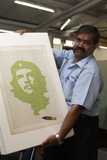Indian advertising / Mumbai
India adds up
India has 600 million people under 25 and a burgeoning consumer society. How are brands courting these people? Monocle visits Mumbai’s advertising agencies to witness an atmosphere as heady as New York or London in their 1970s golden days.
“What is true in Bombay will be nonsense in Chennai,” says Pratap Bose with a chuckle, “so you skew your work to suit, or change it altogether.” While ruminating on the regional subtleties of the Indian advertising industry, the genial, Hawaiian-shirted CEO of Ogilvy India describes “a classic cautionary tale” about a TV campaign for General Motors that ran across India. The crux of the campaign was Karwa Chauth – a Hindu festival that celebrates wives’ devotion to their husbands. For the love and wellbeing of their men, ladies fast for a day until the moon is high in the night sky. In the ad, the husband, as a surprise and a thank you, buys his beloved a stunning new Gm runabout – complete with sun-roof – and takes her out for a drive at dusk. After a while he nonchalantly flicks a switch, gestures to the ceiling and the moon shines down, melting his wife’s heart and tying up a sweet, if slightly saccharine bit of creative, also notable for the relatively modern idea of time-honoured tradition meeting new money. But Karwa Chauth is celebrated only in pockets of the country and the ad was greeted with resounding silence. “It’s a nice idea for northern India,” laughs Bose, “but in Kerala, Chennai, in the south, they didn’t know what this ad was talking about!”
From visiting businesses to touring cricket teams, from Kipling to the Beatles, from beach bums to gap-year dreamers, India’s richness has felt like a euphemism for confusion – albeit with lashings of the famous warmth and charm. The land of 854 languages and dialects, numerous religions and their offshoots and a still-existent caste system has defied definition, enclosure and, since the Raj, any form of foreign fiddling, even in that quiet corner of the West’s empire-building programme – advertising. A common culture is difficult to tap into.
“We’re used to dealing with diversity, but there’s really only one religion – cricket is the only thing that ties this country together,” says Sumanto Chattopadhyay, a US-educated Kolkata native and Ogilvy creative director, with a shrug of surrender. From his bomb site of an office, strewn with awards, briefs and bare wiring, and with such an international background, Chattopadhyay has a fine vantage point to see the lie of the ad-land. “Although advertising has helped sponsor Hinglish – a mix of Hindi and English – language is always a problem.” Whether it be in Hindi, English or Bengali, India is a product on which advertisers need to read the small print if they are to progress. And then brush up on the rules of cricket.
Leo Burnett, bossed from the firm’s “Big Apple” Mumbai HQ, has a client roster that now includes some of India’s crown jewel brands: Reliance Telecom and Tata’s food and chemicals divisions as well as significant slices of the Heinz and the Coca-Cola empires. “The ‘real thing’ is Thums Up – cola for the macho man!” says KV Sridhar, AKA Pops – the untucked and dude-ish creative father figure at Leo Burnett. Television spots for the spicier, stronger cola that “is more like drinking dark rum” have aimed for testosterone this summer. Pops hopes Indians will be persuaded to beat the 45C heat with a campaign featuring the Bollywood hunk Akshay Kumar failing to pull-off some breakneck stunt driving in order to “Taste the Thunder”. It’s Hollywood meets Bollywood for a drink whose success is a typically Indian head-scratcher: despite its acquired taste and sporadic distribution, Thums Up outsells both Coke and Pepsi put together. Ironically, it is now owned by the former.
Thums Up’s universe of chiselled heroes, fast cars and the hot pursuit of soft drink nirvana is an ad man’s vision, but of something increasingly real in India: income, ego and expectation. “Twenty years ago young people wanted to be doctors, engineers or to join the civil service – these things meant status and respectability,” says Pops. “Now they want to be in business, to work hard but get noticed for it, too – they don’t want to be Mother Teresa anymore.”
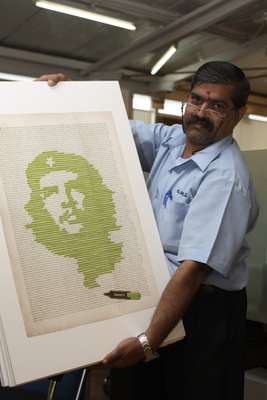
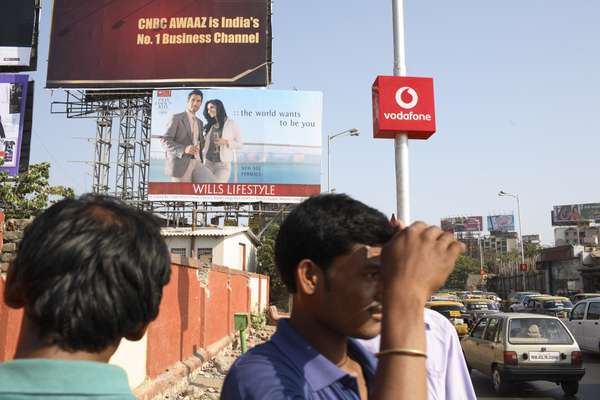
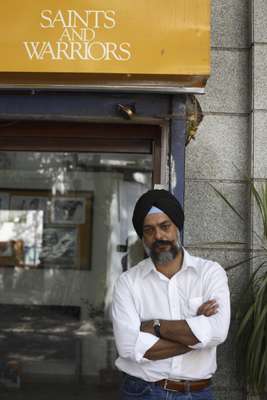
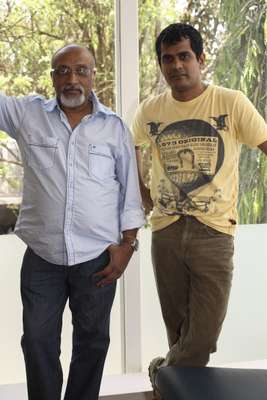

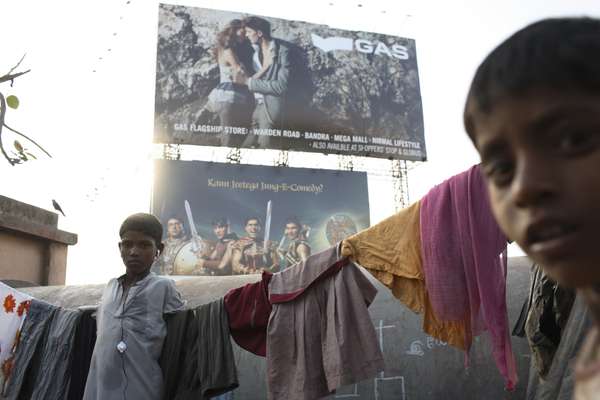
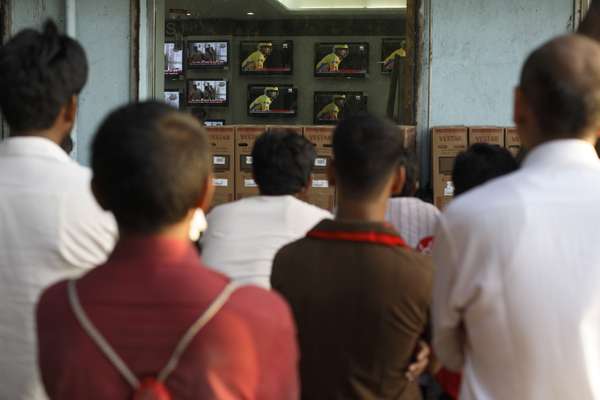
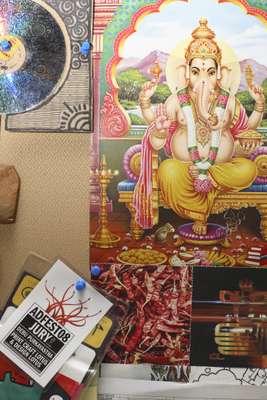
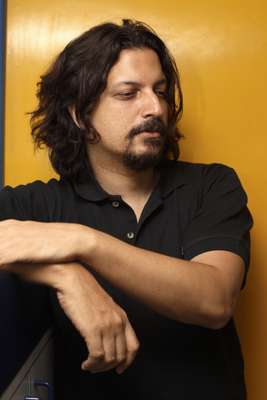
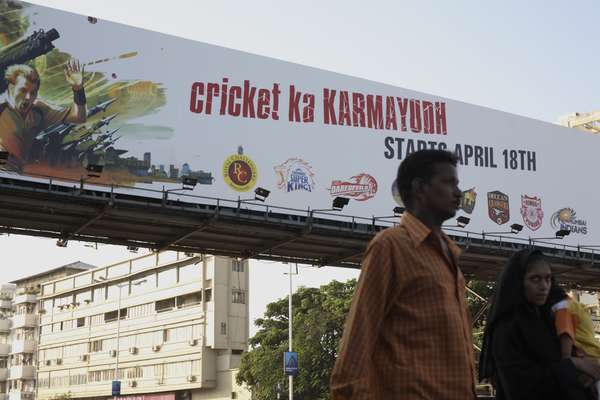
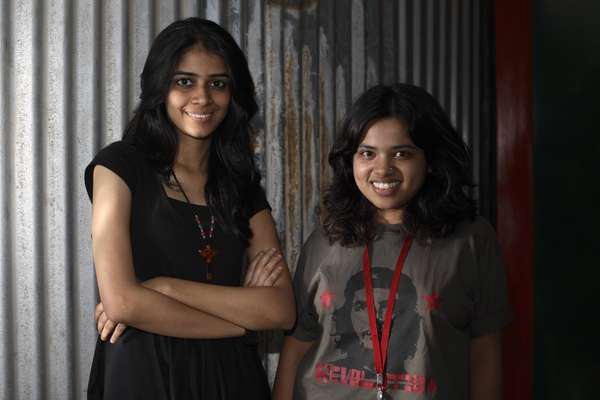



Is advertising holding a mirror to society, after all? There is a little spiritual iconography, but the Che Guevara poster in the Leo Burnett office is Santosh Padhi and Russell Barrett’s award-winning print campaign for Luxor highlighter pens. The ad is a page of copy rendered as newsprint with the freedom fighter’s iconic outline highlighted in green Luxor ink. The clever bit is that the piece reads as an erudite primer on Guevara while the highlighted copy makes sense as a shortened version in and of itself, an ingenious way of communicating the brand’s cut-to-the-chase message. The piece must have taken re-write after re-write to perfect and involved hours of teeth-grinding frustration. “It took almost three months – my laptop didn’t leave my hand,” says Barrett, “I’d work long hours, then go home and be feeding my kids with one hand while typing with the other.”
A cheer, a tenth-wicket celebration, goes around Leo Burnett’s open-plan, glass hangar of an office as we look through the boards, “after writing 3,500 words we decided it didn’t really require a tagline!” he concludes, offering up the finished product. Barrett didn’t get off that lightly of course – it’s a series of three: Charlie Chaplin (in baby blue) and Adolf Hitler (in fetching pink) complete the set (interestingly, Mother Teresa and Mahatma Gandhi were discussed but found not be as visually striking). These are beautiful, detailed pieces of work that would be artworks if they were not to feature an inset image of a fluorescent fibre-tipped pen.
“Many Indians write English better than they speak,” says Pops. “We use words the modern countries have forgotten – Naipaul and Rushdie are very precise for a reason.” The quality of the writing in Indian advertising has become famous, too. In truth, India’s under-funded, British-based education system fails many but those that succeed and write, write well. While the front pages of the English-language Hindustan Times and its brethren are a slightly archaic antidote to the shouty, colloquial style of their British equivalents (“On Tendulkar’s insistence, the cake was distributed to every person present at the party, including the media members,” read the Hindustan Times’ mannered take on the star batsman’s birthday bash). There is a foundation of old-fashioned ability with the English written word in India. “Everyone in London’s forgotten how to write,” says Simon Sherwood, global CEO of BBH, a British agency set to open a Mumbai office in September. “They learn English properly in India – it’s beautiful, really.”
A short, hot taxi ride across the glimmering highway rising through mid-town Mumbai displays the non-air-con reality outside the ad agencies. Never mind the six shoeless people jammed into a stuttering rickshaw, the streets are filled with 50-cent-a-day toilers and those disenfranchised from even that bondage by disease, hunger and abject poverty. This other truth is always out there, spotlessly juxtaposed against posters for Motorolas and Sony TVs.
The Saints & Warriors agency is situated in Post Office Lane, Parel. The village green address is misleading: dilapidated workshops mix with toppling towers of bald tyres and rubble.
“Lalbaug here was like Manchester,” says Pushpinder Singh, “until the textile strike it was all cotton mills and a hotbed of socialism here – and it’s very good for new businesses.” Singh, a veteran of Ogilvy India, set up his own agency two years ago to tap into the vital youth and to give it a job. “Agency structures are changing as they are in big business,” says Singh. “We recruit people in touch with reality, who don’t need a bar chart to go and speak to someone – there are fewer account managers.”
Singh’s tenure at Ogilvy was tied up with long-running campaigns for Tata’s Sumo and Safari SUVs. Vehicles that “aren’t technically as good as Japanese or even American offerings but were bought in their millions because they were seen as endearing”, he says of the cars’ almost human charms and failings. “Of course this would be unthinkable in Japan.”
Saints & Warriors clients run from Frankfinn, the Indian air-hostess training academy (see Monocle issue 2) to Amul’s “Macho” brand of male “innerwear” that, thanks to a controversial TV campaign, developed around the tagline “created for fantasies” and the made-up word “Toing” saw sales jump 54 per cent without resorting to a single word of English, Punjabi or anything else.
Our young wife is still a washerwoman, but also a sexy self-emancipator; Indian audiences sided with funny, subtle, daring. Compared with Russian misogyny, South American machismo and South European grinning endorsement, Indian advertising presents a deep talent pool – a potential outsourcing reservoir for creative talent rather than call centres.
It is difficult to imagine the precise, soft-spoken Sikh dreaming up such a suggestive series of television spots based on such traditional imagery (see case study) but it’s always the quiet ones. “In truth, we didn’t know it would divide so many people,” says Singh with a chuckle. “That’s what completely mind-boggles the western marketer – India is difficult enough for Indians.” Thanks to pride, protectionism and local taste there is a corner of a foreign field that may forever shun Coca-Cola.
Case study: “Toing”
At the riverside a young wife dares to wash her husband’s Macho underwear in public. From her suggestive looks and orgasmic movements it’s obvious what a good time she had last night. Various other wives alternatively scowl or giggle. “Toing! Toingy Toingy!” bounces the soundtrack that would become, in playgrounds and offices across India, a word that meant nothing but could mean anything – funny, sexy, naughty. The Toing campaign achieved every ad’s ultimate aspiration: to breach the boundary wall and become part of pop culture.
Understanding brand India
Colvyn Harris, CEO at JWT India on a country bereft of global brands.
“My context is Japan – in a tiny country like that, they have so many global brands – cars, tech, cameras, even airlines – but India never has. So we’re acquiring global brands. I have high hopes for Jet and Kingfisher Airways, especially when the latter goes global in August. It will be interesting to see what positions they take. Both have chosen an international identity so far, which is hardly surprising when you look at Indian Airways – old, public sector, fuddy-duddy. Tata’s acquisition of Jaguar and Land Rover was fabulous, though – the empire strikes back! But at the moment brand India still stands for humility and hard work.”

